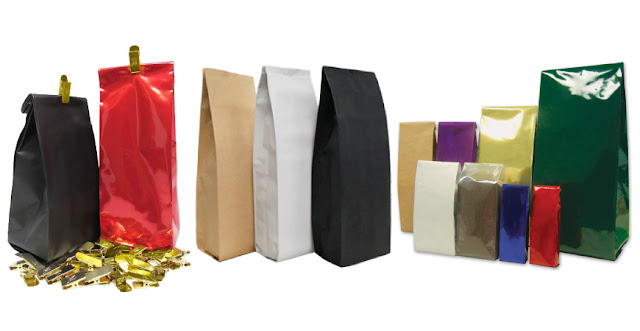Dissolving Pulp Market Size, Share, Outlook, and Opportunity Analysis, 2022-2028
The global pulp and paper industry has witnessed remarkable growth over the years, contributing significantly to various sectors such as packaging, printing, and hygiene products. One key segment within this industry is the Dissolving Pulp Market, which plays a pivotal role in the production of textiles, cellulose derivatives, and various specialty products. This blog delves into the Dissolving Pulp Market's size, share, outlook, and potential opportunities from the year 2022 to 2028.
Understanding Dissolving Pulp:
Dissolving pulp is a specialized
type of pulp that is primarily used in the production of regenerated cellulose
products, including rayon, viscose, and acetate. Unlike other types of pulps
that are used for papermaking, dissolving pulp is chemically treated to remove
lignin, hemicellulose, and other impurities, resulting in a high-purity
cellulose product. This cellulose is then processed to create various fibers
and derivatives, catering to a wide range of industries such as textiles,
pharmaceuticals, and cosmetics.
Market Size and Share:
The dissolving
pulp market has witnessed steady growth in recent years, driven by
increasing demand for sustainable and eco-friendly materials in various
applications.
Key Drivers:
- Growing Demand for Sustainable Textiles: With
increasing environmental awareness, there is a rising demand for textiles
made from eco-friendly materials. Dissolving pulp serves as a key
ingredient in the production of cellulose-based textiles, meeting this
demand and reducing the industry's carbon footprint.
- Expanding Applications: Apart from textiles,
dissolving pulp finds applications in diverse industries such as
pharmaceuticals, cosmetics, and food additives. This versatility enhances
its market potential and contributes to its growing demand.
- Technological Advancements: Ongoing research
and development efforts have led to advancements in dissolving pulp
production technologies, enabling manufacturers to enhance the quality and
efficiency of their products.
- Shift towards Circular Economy: The global
push towards a circular economy has encouraged industries to adopt
sustainable practices. Dissolving pulp aligns well with these initiatives
as it is produced from renewable sources and can be recycled or
biodegraded after its useful life.
Opportunity Analysis:
The dissolving pulp market
presents several promising opportunities for growth and innovation:
- Product Development: Manufacturers can focus
on developing novel cellulose derivatives with unique properties to cater
to specific industrial needs, opening doors for new applications.
- Investment in R&D: Continued investment in
research and development will lead to improved processing methods, higher
purity dissolving pulp, and increased production efficiency.
- Geographic Expansion: Exploring untapped
markets and expanding the distribution network to reach new regions can
drive market growth.
- Partnerships and Collaborations:
Collaborations between industry players, research institutions, and
governments can foster innovation and help overcome challenges in
production and application development.
The dissolving
pulp market is poised for significant growth in the coming years,
driven by the increasing demand for sustainable materials and the versatile
applications of dissolving pulp-derived products. With ongoing technological advancements,
a shift towards a circular economy, and a focus on innovation, the market
presents a plethora of opportunities for industry players to capitalize on. As
we progress towards a more sustainable and eco-conscious future, the dissolving
pulp market stands as a crucial contributor to various sectors, shaping the
landscape of industries ranging from textiles to pharmaceuticals.




Comments
Post a Comment